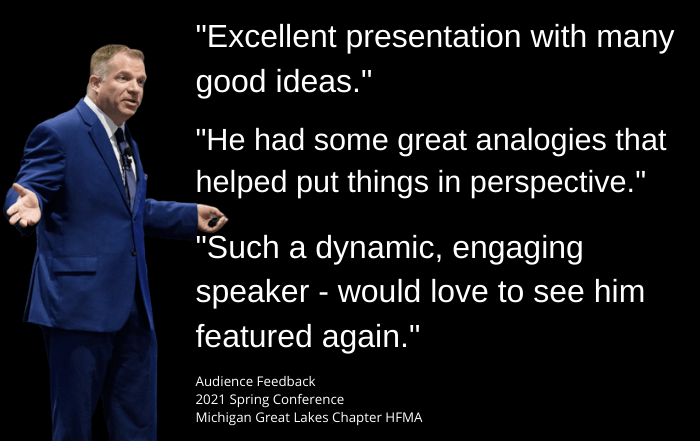 It’s easy to fall into the trap of leadership overcorrection. This happens, in business, when something has gone wrong or not as well as it should.
It’s easy to fall into the trap of leadership overcorrection. This happens, in business, when something has gone wrong or not as well as it should.
The leader then decides bold action needs to be taken. While this is preferable to doing nothing, the action doesn’t entirely solve the problem and may create new issues. A public relations savvy move could even hurt the bottom line.
Recently, new Starbucks CEO, Laxman Narasimhan announced he will work half-day shifts, every month, in one of the company’s stores. The goal is to improve the business, while learning more about company culture and customers.
Let’s use Narasimhan’s announcement as a starting point for leadership overcorrection:
Stick to What You Do Best
While it’s good for leaders to understand the challenges and opportunities faced by different levels of an organization, it is possible to do too much of good thing. The new Starbucks CEO has already earned his barista certification, which requires 40 hours of training in stores.
Now he’ll be spending time every month, working a half-day there. That makes me question, at a certain point, will he have learned everything he can learn from the store experience? And will repeating the process, every month, lead to new revelations?
Some see the announcement as part of an effort to improve employee relations and help grow the company. I feel the ongoing repetition of the half-day shifts, is a leadership overreaction.
Do it a couple of times a year and repeat annually. But beyond that I start to question whether the frontline shifts are a productive use of time. A leader doesn’t have unlimited time and you have to be careful how much of it you invest in tasks that are fun and rewarding but don’t contribute to the key parts of your job.
In Narsimhan’s case, those are to grow the business and take better care of employees. Will repeatedly showing your skill at making lattes, improve the bottom line or employee compensation?
Does It Undermine the Chain of Command?
At companies like Starbucks, there are people who oversee things like employees and the store experience. While it’s good for the leader to have an awareness of problems, when is the boss doing the job of the people they’ve hired to do that job?
Perhaps the issues are a sign that the wrong people are in those supervisory positions or they don’t have the resources they need to make positive changes. Having the boss jump into their areas and try to solve problems, may weaken the chain of command.
And if this happens repeatedly, will good employees leave because they feel like they’re being undermined? Or will some stop innovating, expecting the boss to swoop in and solve their problems.
If you have an organization, where responsibilities are delegated, then you can’t, as a leader, not let those people come up with solutions. You’re not required to follow them but they need to be allowed to do their jobs. An effective leader can’t do everything.
The One Bad Apple Problem
In many businesses there are policies that govern things, like working from home. These rules work well for almost everyone.
But then there’s the employee who abuses the privilege and performs poorly. What can happen next is a leadership overcorrection.
Frustration with the bad employee results in a policy change for all. Basically, the one bad apple changes the entire bushel.
Maybe the policy needed to change but is it possible the organization hired a dud and rather than admit that mistake, decides to change something that was otherwise working.
In organizations, you’re going to have your share of bad employees or employees who are supervised poorly. Don’t let their legacy negatively impact those who follow your rules and perform well.
Instead of this kind of leadership overcorrection, spend more time reviewing your hiring processes.






